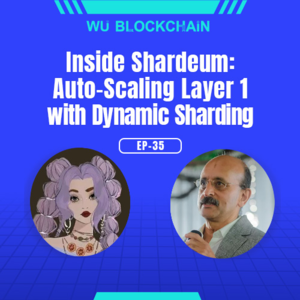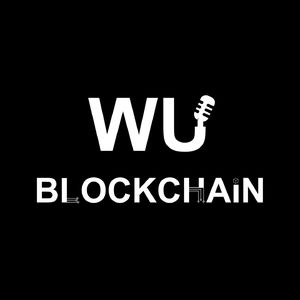In this episode, Shardeum CTO Srinivasan Parthasarathy shares how Shardeum is building an auto-scaling Layer 1 blockchain using dynamic state sharding and a blockless transaction model. The architecture enables linear scalability while keeping node requirements low, offering a unique balance between performance and decentralization.
He also discusses lessons from testnet operations, key bug bounty findings, and the network's security approach, including a custom "Proof of Quorum" consensus that rotates node responsibilities every 60 seconds. As an open-source, community-driven project, Shardeum aims to launch its mainnet on May 5, with smart contract support and incentive programs to follow in a phased manner. Text summary
Timeline:
00:00 Intro & Shardeum overview
01:47 How does Shardeum scale while keeping node access low?
07:44 What are the trade-offs of this scaling design?
10:29 What did you learn from the incentivized testnets?
13:28 What critical bugs were found in the bounty programs?
15:15 How will you handle security after mainnet launch?
16:36 How is your RPC layer different from other EVM chains?
21:07 Will you continue audits and bug bounty programs?
22:19 How are you growing the community and ecosystem?
23:28 What projects are being built on Shardeum now?
26:28 How will the token be used for staking and governance?
30:19 How do you ensure transparency and independence?
31:58 When is mainnet launching and why is it significant?
33:41 How will you engage and grow the contributor base?



 17
17 0
0